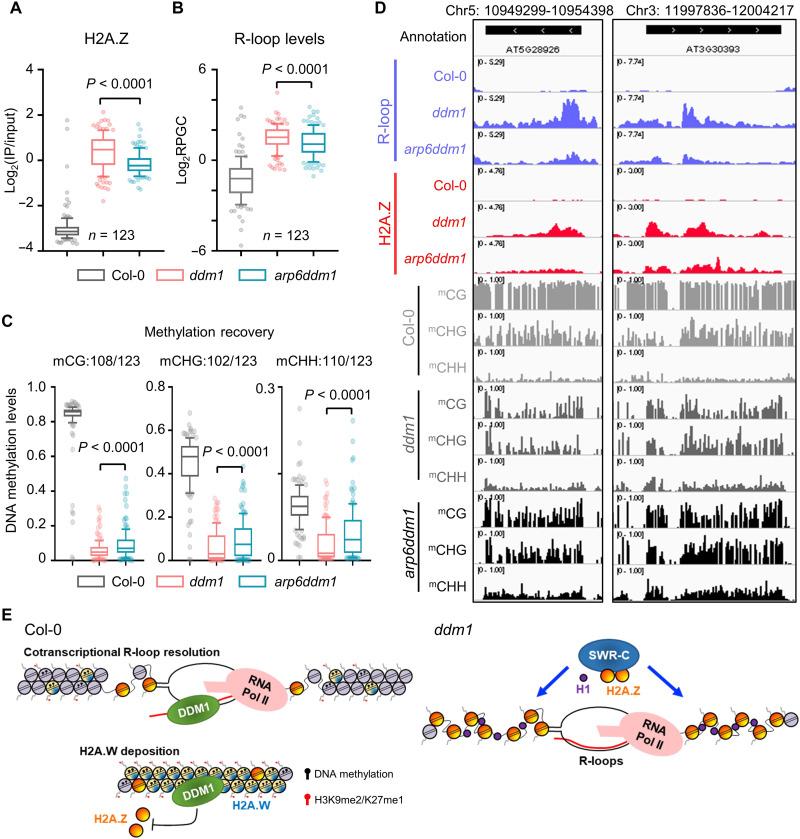Fig. 5. Suppression of H2A.Z deposition in pericentromeric regions rescues the R-loops and DNA methylation defects in ddm1 mutant.
(A) One hundred twenty-three up-regulated pericentromeric R-loop peaks of ddm1 showed decreased H2A.Z abundance in arp6ddm1. Ten to 90% and interquartile range are shown. (B) R-loop levels of 123 decreased H2A.Z peaks in Col-0, ddm1, and arp6ddm1. Ten to 90% and interquartile range are shown. (C) DNA methylation levels of 123 decreased H2A.Z peaks in Col-0, ddm1, and arp6ddm1. Ten to 90% and interquartile range are shown. (D) Snapshots from Integrative Genomics Viewer showing R-loop, H2A.Z, and DNA methylation levels in Col-0, ddm1, and arp6ddm1. (E) Constitutive heterochromatin formation starts from DDM1-mediated cotranscriptional R-loop clearance. The low but detectable levels of cotranscriptional R-loops formed at pericentromeric heterochromatin stimulate the RNA:DNA helicase activity of DDM1, and DDM1 promotes the deposition of H2A.W but excludes the H2A.Z, thus promoting constitutive heterochromatin formation. In the absence of DDM1, SWR complex–mediated anomalous H2A.Z deposition introduces enormous cotranscriptional R-loops and disturbs the pericentromeric heterochromatin. Histone Linker H1 could help the SWR complex to deposit H2A.Z at constitutive heterochromatin in the ddm1 mutant.

